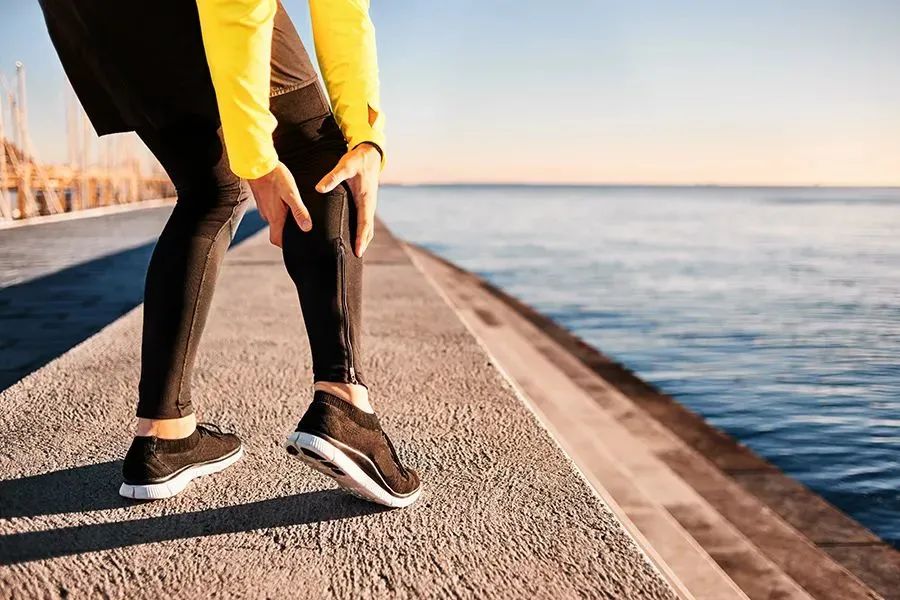Self treatment of medial tibial stress syndrome the following methods can be used to alleviate medial tibial stress syndrome, but professional help is still needed.
In PNF stretching, you contract the muscle before you stretch it to help it relax and make it easier to stretch.
Each time you land in the air during running, the continuous ground reaction force will act on the tibia.
soaking in hot water or using a Jacuzzi).
The common symptom of medial tibial stress syndrome is pain when walking and the supporting phase of gait, and the pain increases with the increase of use.
◉ there are tenderness points in the posterior middle of the tibia, especially above the medial soft tissue of the tibia.
◉ the pain subsides gradually during inactivity.
◉ after each exercise, the complex of medial tibialis anterior muscle, gastrocnemius muscle and soleus muscle was treated with PNF for relaxation.
The above content comes from the “no injury running method” and “posture relaxation technology in sports” which are authorized by the people’s post and Telecommunications Publishing House-.

The culprit of leg pain is medial tibial stress syndrome! Medial tibial stress syndrome, also known as tibial pinch pain, is usually caused by many reasons.
In order to make running healthier and longer, runners should know more about running injuries and take precautions.
Running for a long time will increase such stress.
◉ relax the posterior tibial muscle every day or when it is in pain.
Many runners may encounter leg pain and discomfort, which is the most common among junior runners.
PNF refers to proprioceptive neuromuscular facilitation, which was originally used by physiotherapists and occupational therapists to treat injured soldiers.
Moreover, the muscles with high-intensity work will become tense, which is not conducive to the discharge of metabolic waste of the muscles themselves, resulting in the stress concentration of the tibia, which is more likely to be damaged.
In addition to the knee joint, the most common part of running injury is the lower leg.
◉ continuous low intensity pulsed ultrasound may be helpful.
Generally speaking, the most fundamental reasons are lack of running experience, overweight, scaphoid dislocation and excessive varus during walking.
At this time, the human body will spontaneously reduce such stress through muscle contraction.
For more details on running injury free techniques, see running injury free techniques.
Suggestion: consult a professional therapist about your healing stage, which will determine whether hot compress or ice compress is better.
◉ if these parts are painful again, ice massage the tibia with ice.
◉ continue to massage these areas for 5 to 8 minutes after relaxation every day.
In order to reduce the stress, the muscles will work harder, resulting in muscle fatigue and weak contraction, and the tibia will be subjected to greater stress.
Nowadays, this stretching method has been popularized.
If you feel pain during this process, stop it immediately, otherwise it will cause further damage to the tissue.
Long time pronation posture and insufficient stability and control of hip and knee joints during walking will lead to increased requirements for eccentric contraction of medial tibial muscles and physical dysfunction.

In general, patients with chronic conditions will be better treated with hot massage (e.g.
The lack of dynamic strength of hip joint is also a factor.
